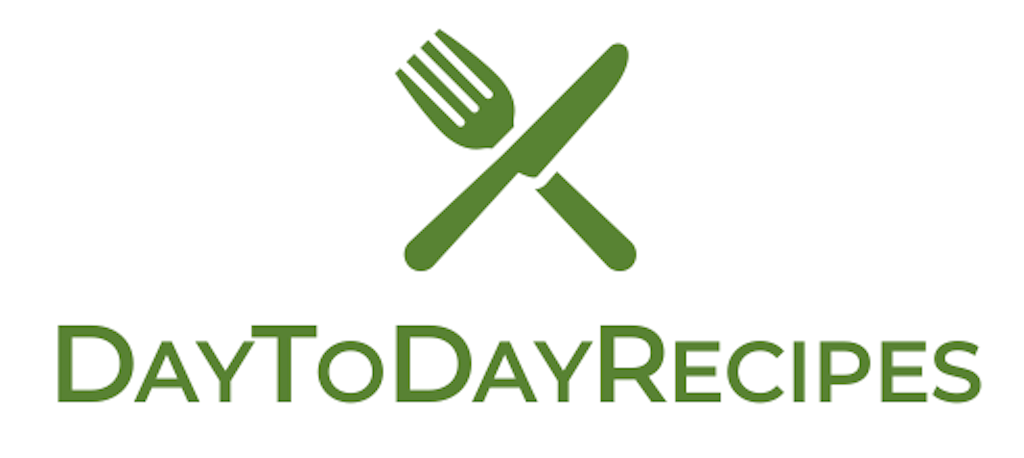Accurately Convert Your Recipes
Welcome to our Recipe Conversion Calculator, the ultimate tool for culinary enthusiasts! Whether you’re an amateur cook or a seasoned chef, you’ve probably encountered a recipe that uses measurements unfamiliar to you. With our calculator, you can effortlessly transform measurements from cups, teaspoons (tsp), and tablespoons (tbsp) to grams, milliliters, kilograms, liters, ounces, and many more units. Our converter ensures full flexibility, allowing you to convert from any unit to any other, ensuring that your dishes turn out perfect every time. Dive into international recipes with ease and cook with confidence, knowing that you have the precise measurements every step of the way.
Included ingredients
The ingredients currently found in the conversion calculator include:
- Water
- Flour
- Caster Sugar
- Granulated Sugar
- Icing / Powdered Sugar
- Brown Sugar
- Salt
- Butter
- Vegetable Oil
- Milk
- Peanut Butter
- Runny Honey
- Maple Syrup
- Creams
- Rice
- Ground Almonds
- Chia Seeds
- Cocoa Powder
- Chocolate Chips
- Custard
Mastering Recipe Unit Conversions
Embarking on culinary journeys often means delving into recipes from diverse cultural backgrounds, eras, or regions. These recipes can be treasure troves of unique flavors and techniques, but they also come with their distinct measurement units, making conversions essential.
At its simplest, conversion means translating one unit to another within the same system. This is seen when converting teaspoons to tablespoons, cups to tablespoons, or milliliters to liters. These straightforward conversions are mostly hassle-free.
The complexity increases when you’re faced with cross-system conversions, like cups to milliliters, tablespoons to milliliters, or liters to cups. These often involve juggling between metric, US, and Imperial (UK) measurement systems.
However, the trickiest conversions are between different types of units, like weight to volume and vice versa. For instance, converting grams to cups or teaspoons to milligrams demands consideration of ingredient density. It’s worth noting that these densities are usually average values, which can vary. To simplify this for you, our converter is equipped with average density data for over twenty popular ingredients.
Key Recipe Conversions to Know
The most frequently used conversions involve units of the same type: tsp to tbsp, tbsp to cups, grams to ounces, and so on. These are crucial when your kitchen tools only cater to specific measurement systems.
Converting between mass and volume isn’t as precise, mainly because densities used are approximations. If a recipe specifies a weight-based measurement (like grams or ounces), it’s advisable to stick to it instead of converting to volume, especially for solid ingredients, to maintain recipe accuracy.
Frequently Asked Questions About Converting Recipes
Why is converting between mass and volume less accurate?
Answer: Converting between mass (e.g., grams) and volume (e.g., cups) involves considering the density of the ingredient. Density values are often averages and can vary based on factors like moisture content, packing, and brand. Thus, using approximate densities can lead to inaccuracies in the converted measurements.
Can I use a general conversion factor for all ingredients?
Answer: No, different ingredients have different densities. For instance, a cup of flour weighs significantly less than a cup of sugar. Always use ingredient-specific conversion factors for accuracy.
Why are there differences between US, UK, and metric measurements?
Answer: Historical, cultural, and technological factors have led to the development of different measurement systems. The US uses customary units, the UK has its own imperial system, and most of the world uses the metric system. Each has its own standards and units for volume and weight.
How do I convert between Fahrenheit and Celsius for cooking temperatures?
Answer: To convert Fahrenheit to Celsius, subtract 32 from the Fahrenheit temperature, then multiply the result by 5/9. To convert Celsius to Fahrenheit, multiply the Celsius temperature by 9/5 and then add 32.
What if I don’t have the specific measuring tool mentioned in a recipe?
Answer: If you’re missing a specific measuring tool, you can use a conversion calculator to translate the measurement to a tool you have on hand. However, always ensure you’re converting within the same system (e.g., volume to volume) for the best results. If in doubt, investing in a kitchen scale can provide more consistent measurements for baking and cooking.


